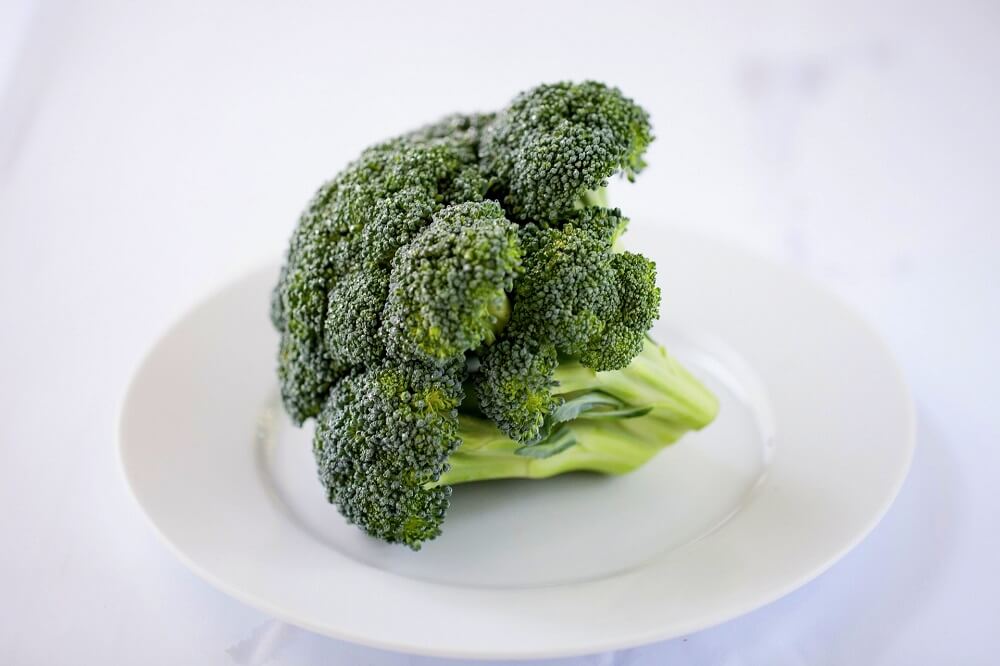Slowing, stopping, or even reversing aging has always been an ongoing topic in science. Now, scientists used the synthetic compound resveratrol, found naturally in chocolate and other consumables, to turn back the biological clock in senescent cells, causing them to start dividing again.
All of the deadliest chronic diseases increase dramatically as we age. Still, we don’t know enough about underlying biological mechanisms that drive age-related diseases. Researchers from England discovered a genetic switch that potentially resets the biological clock in old cells. It induces them to look and behave just like the agile, younger cells. Their study, published in BMC Cell Biology, focused on a class of genes called splicing factors. They play a critical role in translating genetic information into proteins within a cell. More specifically, they cut up sequences of messenger RNA and assemble the specific proteins that cells need to function properly.
“As you age, your ability to respond to the environment decreases,” said Lorna Harries, a professor of molecular genetics at the University of Exeter and lead author of the paper. “Those splicing factors are one of the key things that help your cells adapt. They can take one gene and make a lot of different proteins from it, essentially change the gene’s output according to your environment,” told Harries for Seeker.
When human cells grow old, they become inactive. The research built on earlier findings that showed splicing factors definitely become less active as we age. This makes cells more vulnerable to outside threats. To Harries, it was still unclear if lower levels of splicing factors were a cause of age-related decline or just another effect.
To get to the bottom of the problem, the research group started with a culture of senescent human cells. Those cells have reached their maximum limit of cell divisions and essentially gone inactive. While we are young, the immune system targets senescent cells and destroys them. As we age, however, more and more of senescent cells stay alive and build up in our bodies. Multiple studies suggest building up senescent cells is linked to decreased longevity.
Harries and her colleagues synthesized novel versions of a compound called resveratrol, which naturally occurs in chocolate, blueberries, and red wine. Resveratrol had shown promise in previous research for altering the expression of splicing factors. Their intent was to examine what happens if they boost the levels of splicing factors in senescent cells.
“To our amazement, all of the splicing factors basically reset,” said Harries. “They returned more or less to the levels we see in young cells.”
The most incredible and unexpected was that the old, senescent cells treated with the synthetic analogs of resveratrol were indistinguishable from young cells. Not only they started dividing again, but also their telomeres grew longer.
“When my post-doc brought me pictures of the cells, I said, ‘No, you’ve got the wrong ones. Those must be the young cells,’” said Harries. “She redid the experiment quite a few times before I started to believe her.”
So, should we eat a lot of blueberries for breakfast and chocolate for dessert, or drink red wine with dinner to live longer and healthier? Far from it, said Harries. The naturally occurring form of resveratrol isn’t very bioavailable, meaning very little of the compound actually makes it into your cells. The synthetic molecules made in the lab performed much better.
The biggest development to be remembered from the research is that splicing factors clearly play an active role in the damage of the body as we age.
“Those changes that we’re seeing in splicing factors are causal,” said Harries. “They’re driving aging; they’re not just an effect of it. Because you can reverse the effects of aging if you reset them.”
Harries and her colleagues admonished their discovery is far away from finding a “fountain of youth.” Their goal is to improve “health span,” not the human lifespan. A longer health span not only improves quality of life but lowers the overall cost of healthcare.
“That’s the hope,” said Harries. “We’re not there yet, and I don’t think we’re going to be there in the next 10 or 20 years. The important thing is understanding the basic mechanics of this. It’s absolutely key. I think we’re starting to get to a position now where we’re beginning to uncover those nuts and bolts. And by doing that, we can work out some ways to tweak them.”
Splicing factors are the latest addition to a growing scientific understanding of the mechanisms of aging. When discoveries like: “young blood can rejuvenate an old brain”; “induction of stem cell genes without raising the risk of tumorigenicity”; “theory suggesting there is no limit to human life extension”; are taken together, we can see all the complexity of aging and how much more we have to learn.
Learn more about possible “cures” for aging that could be developed in your lifetime in the video below:
By Andreja Gregoric, MSc











The issue of bioavailability of resveratrol is determined by its rapid elimination and the fact that its absorption is highly effective (exhibits lipophilic characteristics), but the first hepatic step leaves little free resveratrol. Several approaches have been used to increase the bioavailability of resveratrol, including different way it is consumed and use of resveratrol metabolites. It is very well explained in this article.
Scientists synthesized these novel versions of resveratrol to increase bioavailability.
How come that natural resveratol is not as bioavailable as the synthetic product?